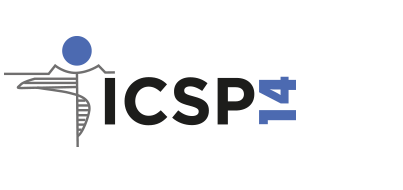14th International Conference on Shot Peening
Abstract [68]
M.R. Chini, F.Wagner, S. Benali, C. Dides, D. Bouttes, L. Besnault, M. Courteaux, C. Grentee,M.Millot. C. Berthod, G. Bal-Fontaine
IRT M2P, 4 rue Augustin Fresnel, 57070 Metz, France – maria-rita.chini@irt-m2p.fr , Saint-Gobain Research Provence, 550 avenue Alphonse Jauffret, 84300 Cavaillon, France, david.bouttes@saint-gobain.com MELIAD, 6 Rue des Orfèvres, 44840 Les Sorinières dSTELLANTIS, Centre Technique de Belchamp 25420 Voujeaucourt RENAULT S. A. Direction des Etudes, F-92508 Rueil Malmaison, France SAFRAN TECH Rue des jeunes Bois, 78117 Châteaufort VALEO ELECTRICAL SYSTEMS 10, rue du Revolay -38070 Saint Quentin-Fallavier – France
Introduction
In industry, shot peening is widely used to improve the fatigue properties through the introduction of compressive residual stress on a superficial layer. Most studies are focused on only two of the parameters of this process, Almen intensity and coverage, but few studies show the effect of different types of media. Moreover, carburized steels are often difficult to shot peen due to their high hardness, and it is known that the media selection is of great importance [1], whereas the shot peening process can bring significant performance improvement [2]. There is hence a need for multi-parameter investigation of the shot peening process for this type of material. This development was carried out during TRANSFUGE project.
Objectives
The purpose of this study is to determine the shot peening media and parameters which can introduce the strongest residual stress profiles while keeping a limited surface roughness on carburized steels. The influence of initial roughness and hardness of samples before shot peening was also investigated.
Date
19 Novembre 2022

